The 10 Rarest Flowers In The World
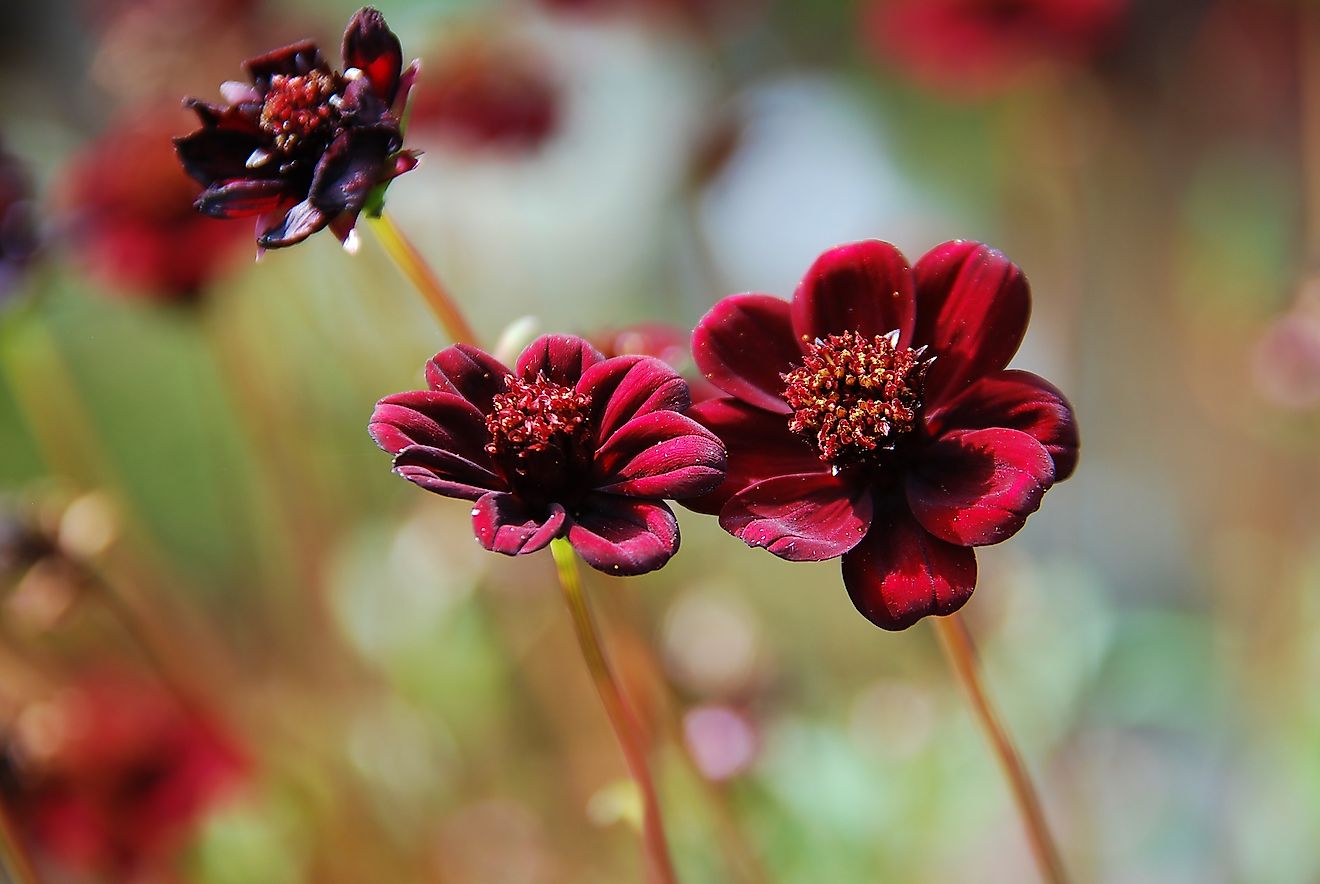
- The Middlemist's red is the rarest flower on Earth.
- The stinking corpse lily is the largest flower on Earth.
- 571 species of plants and flowers are thought to have become extinct since 1750.
- Some of the flowers mentioned here are now extinct in the wild.
Flowers are great for decorating. They’re also a great way of saying thanks or expressing your love for someone. In fact, flowers can symbolize many feelings and emotions. Some flowers have practical uses and can be used to make anything from medicines to air purifiers. There are around four hundred thousand different species of flowering plants in the world. There are even many more that are yet to be discovered and documented. Hence, preparing a list of the world's rarest flowers is not an easy task. However, based on popular opinion, here are the 10 rarest flowers in the world. Some of them bloom once in a blue moon while others are almost extinct in the wild. Learn about these interesting rare flowers below:
Corpse Flower
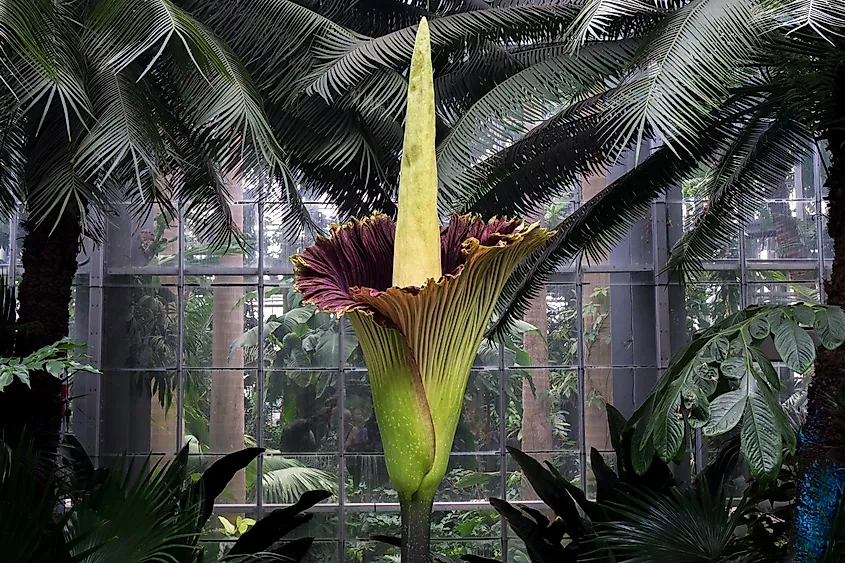
The corpse flower (Amorphophallus titanum) can stand up to twelve feet tall. It grows indigenously in the rainforests of Indonesia. In case you were wondering why this rare species is called the corpse flower, it is because of the odor it emits when in bloom, which can smell like (you guessed it) a rotting corpse. The strong smell of the corpse flower serves to attract pollinators.
Flame Lily
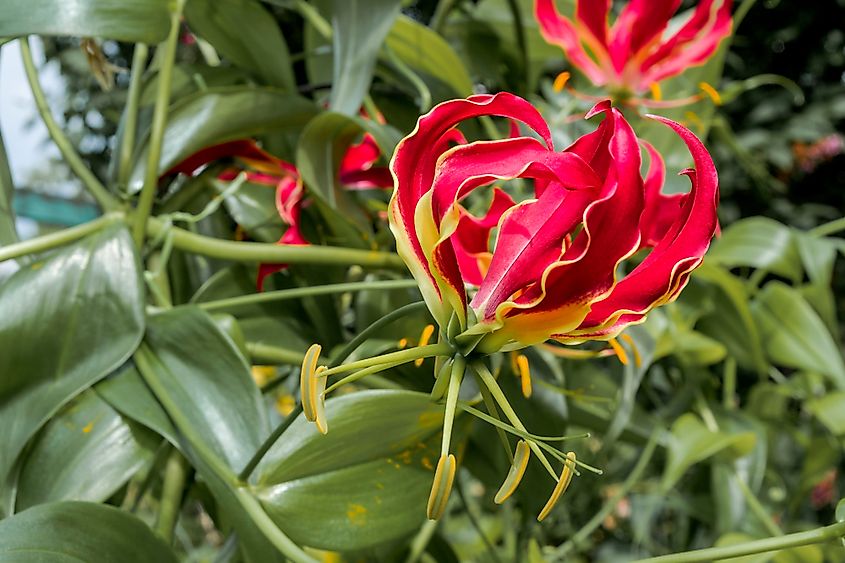
The flame lily (Gloriosa superba) is native to Asia and the tropical and southern regions of Africa. The colors of the flower range from dark pink or reddish to yellow and orange. Like the corpse flower, the flame lily can grow to be quite tall, even as tall as three meters. If you ever come across one of these beautiful specimens, you probably shouldn’t touch it, as it is poisonous, and will, at the least, cause skin irritation. Eating a flame lily can be deadly. In fact, they have been used to poison dogs and even induce abortions.
Stinking Corpse Lily
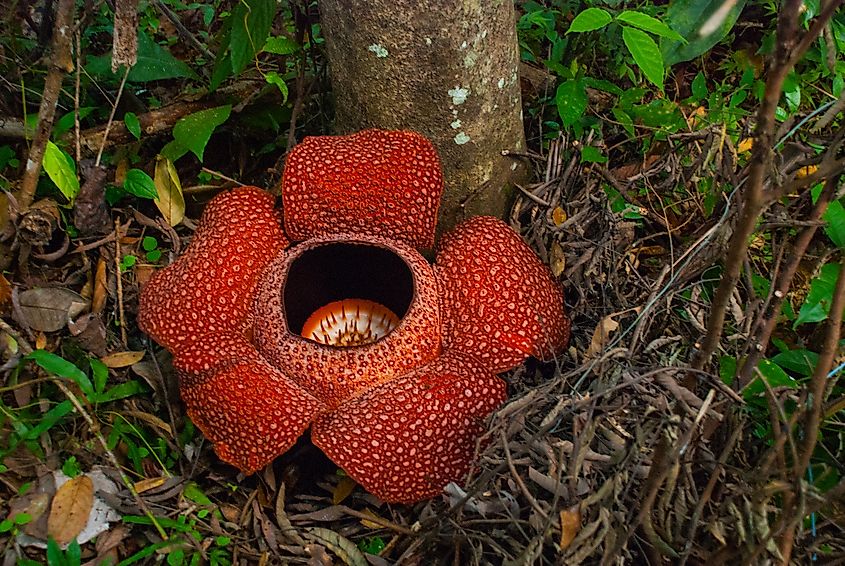
Like the corpse flower, the stinking corpse lily or Rafflesia arnoldii also grows in Indonesia, as well as Malaysia. It is also the largest flower in the world, and can grow to as much as three feet in diameter. As its name implies, the stinking corpse lily emits a strong, foul odor, almost identical to that of the corpse flower. Unlike other flowers, the stinking corpse lily has no visible stem, root, or leaves. The flower is an icon of Borneo and is even featured on Indonesian postage stamps.
Lady’s Slipper Orchid
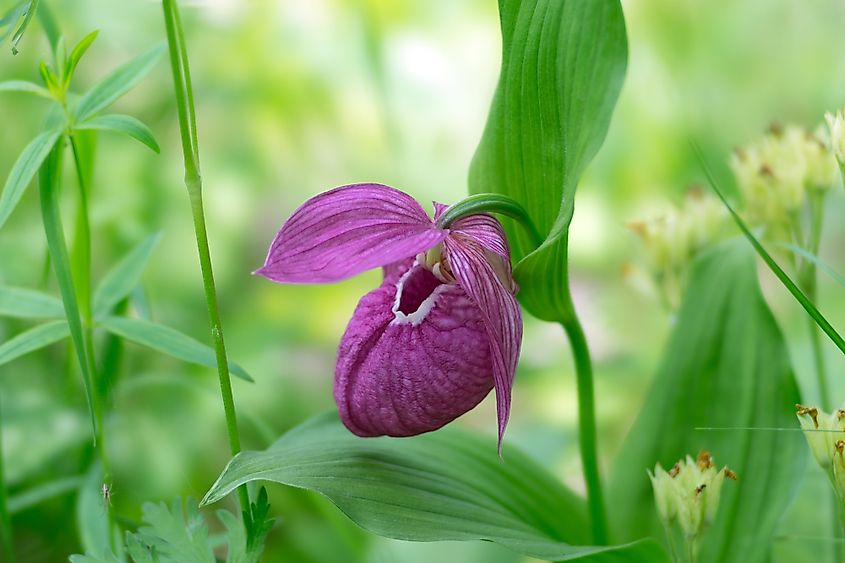
This flower resembles a lady’s slipper, hence its name. It is found in North America, the U.K., various other European countries, and Asia. In some jurisdictions, the lady’s slipper is a protected species under the law, and it is illegal to pick them. One reason for this is that the flower takes years to grow and mature. The lady’s slipper can appear in different colors. In New England, for example, you might come across a pink variety, which is aptly known as the pink lady’s slipper.
Jade Vine
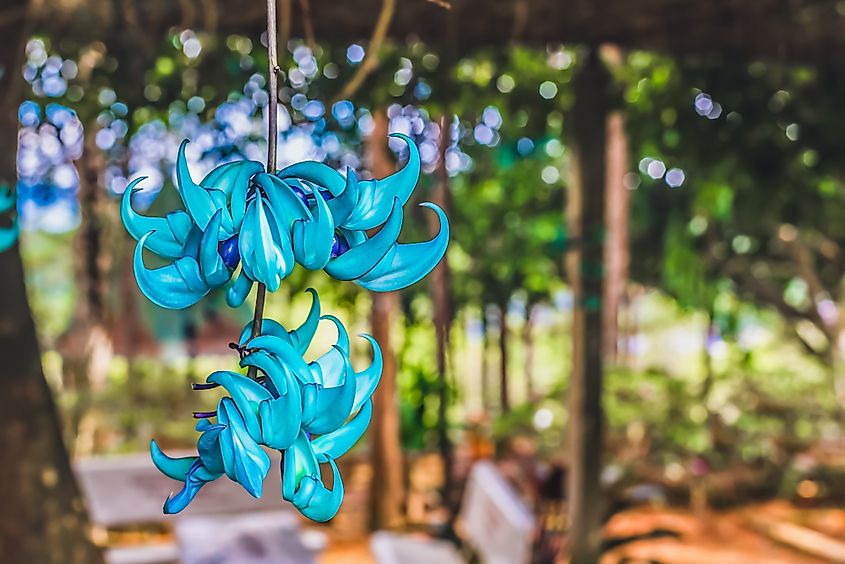
The jade vine or Strongylodon macrobotrys grows exclusively in the rainforests of the Philippines. The vines can grow as long as thirteen meters, while the collections of flowers on the vines can stretch up to ninety centimeters. The jade vine’s color ranges from blue to light green. Unfortunately, the beautiful, claw-shaped flower is in danger of going extinct due to its habitat being destroyed at a rapid pace.
Ghost Orchid
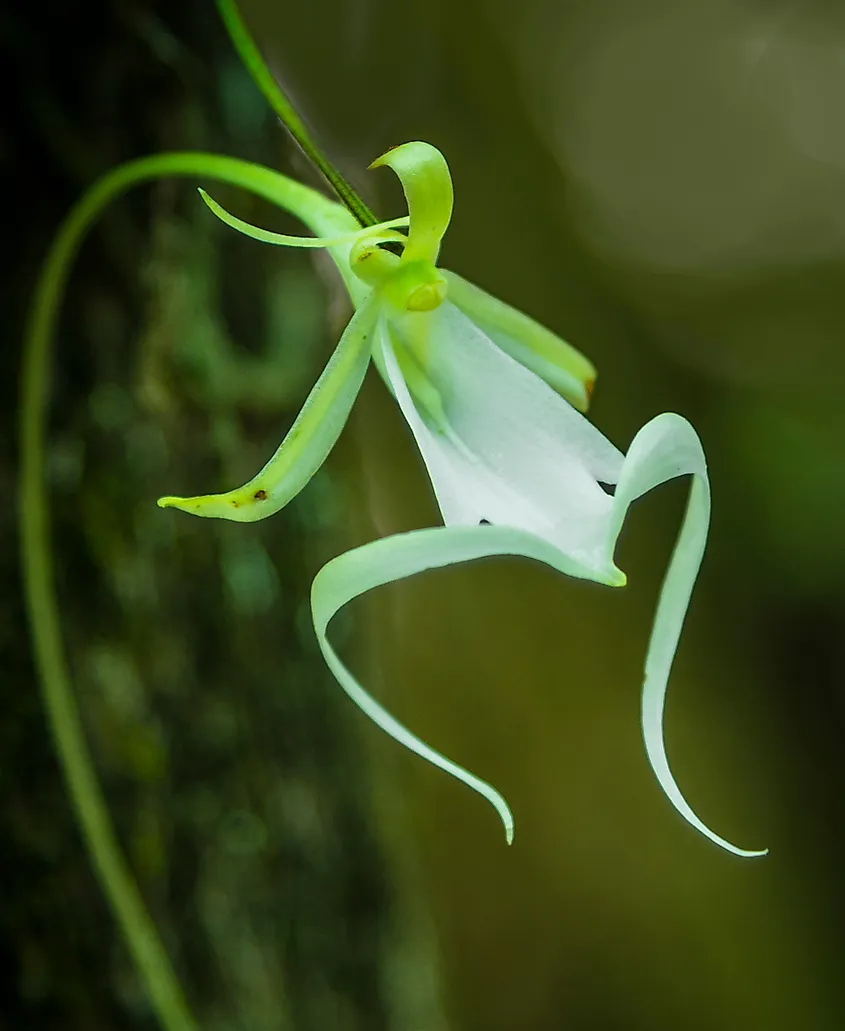
The ghost orchid, named for the shape of its petals, can be found in Florida, Cuba, and the Bahamas. The flower faces immense difficulty reproducing. It has no leaves, nor does it depend on photosynthesis. It also does not manufacture its own food, and requires specific trees to serve as its hosts.
Chocolate Cosmos
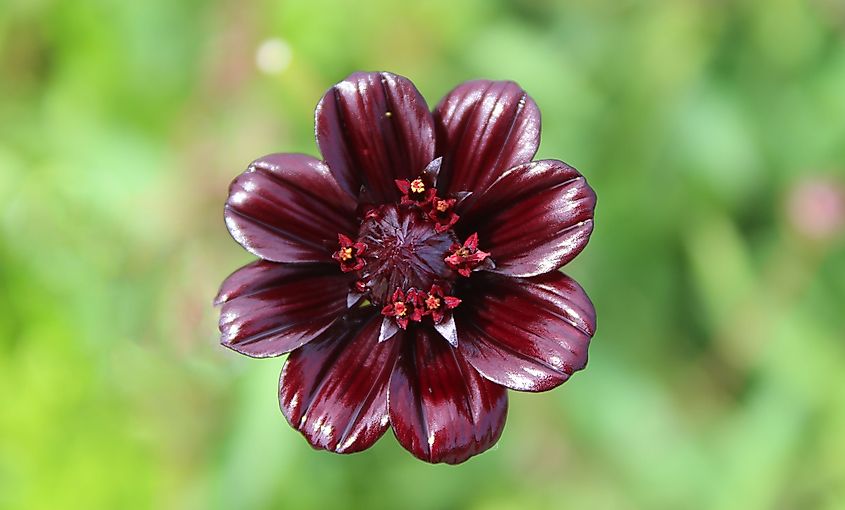
The chocolate cosmos is now extinct in its natural habitat in Mexico. This flower, which is dark brown in color, gets its name from the fragrance that it emits, which smells like chocolate. Today, clones of these flowers are grown in protected areas.
Gibraltar Campion
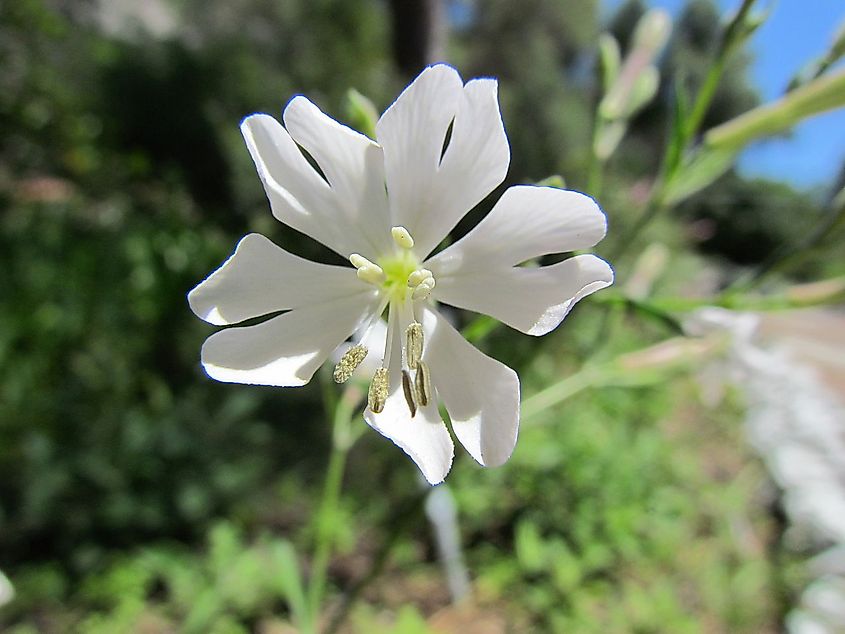
As its name implies, the Gibraltar Campion is native to the British Overseas Territory of Gibraltar. The flower ranges in color from violet to light pink. Today, you can see the Gibraltar campion on display at the Gibraltar Botanic Gardens.
Franklin Tree Flower
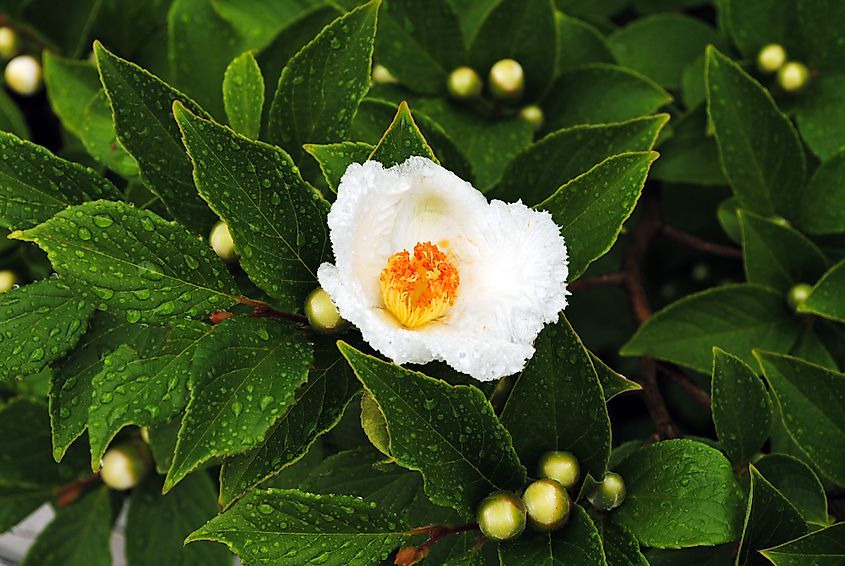
A blooming Franklin tree flower. Image credit: Kel.R.Lee/Shutterstock.com
The Franklin tree flower is a white flower with yellow stamens in its center. It is thought to be native to an area of the U.S. State of Georgia but has been extinct in its natural habitat since the early 1800s. The Franklin tree itself is named after Benjamin Franklin, courtesy of his friends, John and William Bartram, who first discovered the species.
Middlemist’s Red
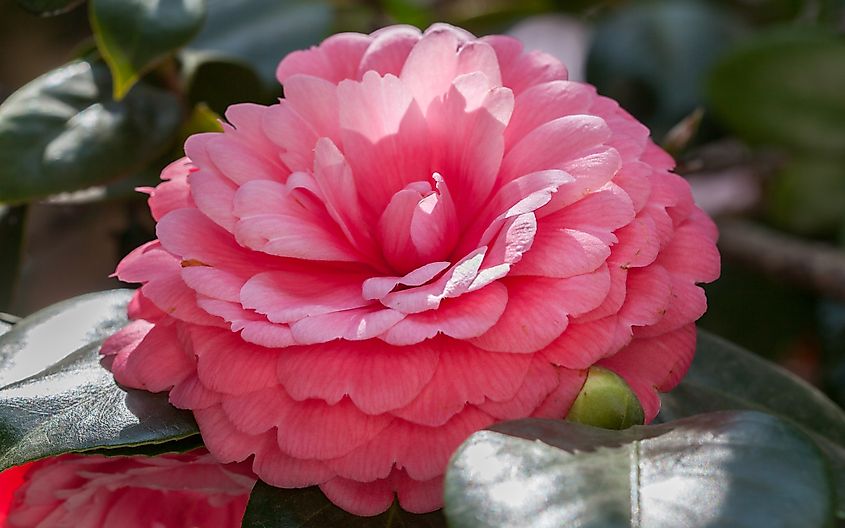
Introducing the rarest flower on Earth. The Middlemist Red was native to China. Today, however, only two specimens of the species exist. One is located in New Zealand, and the other in England. The flower is named after John Middlemist, who brought the flower to England from China in 1804.
A Mass Extinction?
All of the flowers mentioned above are extremely rare. For the most part, it is because their habitats have been destroyed by human activity. A study published in 2019 found that since the year 1750, 571 distinct plant species have been rendered extinct, and this number is thought to be an underestimate. Scientists are now saying that humans are contributing to the sixth mass extinction on Earth, in which an estimated one million plant and animal species are at risk of disappearing from the face of the planet foreover.











